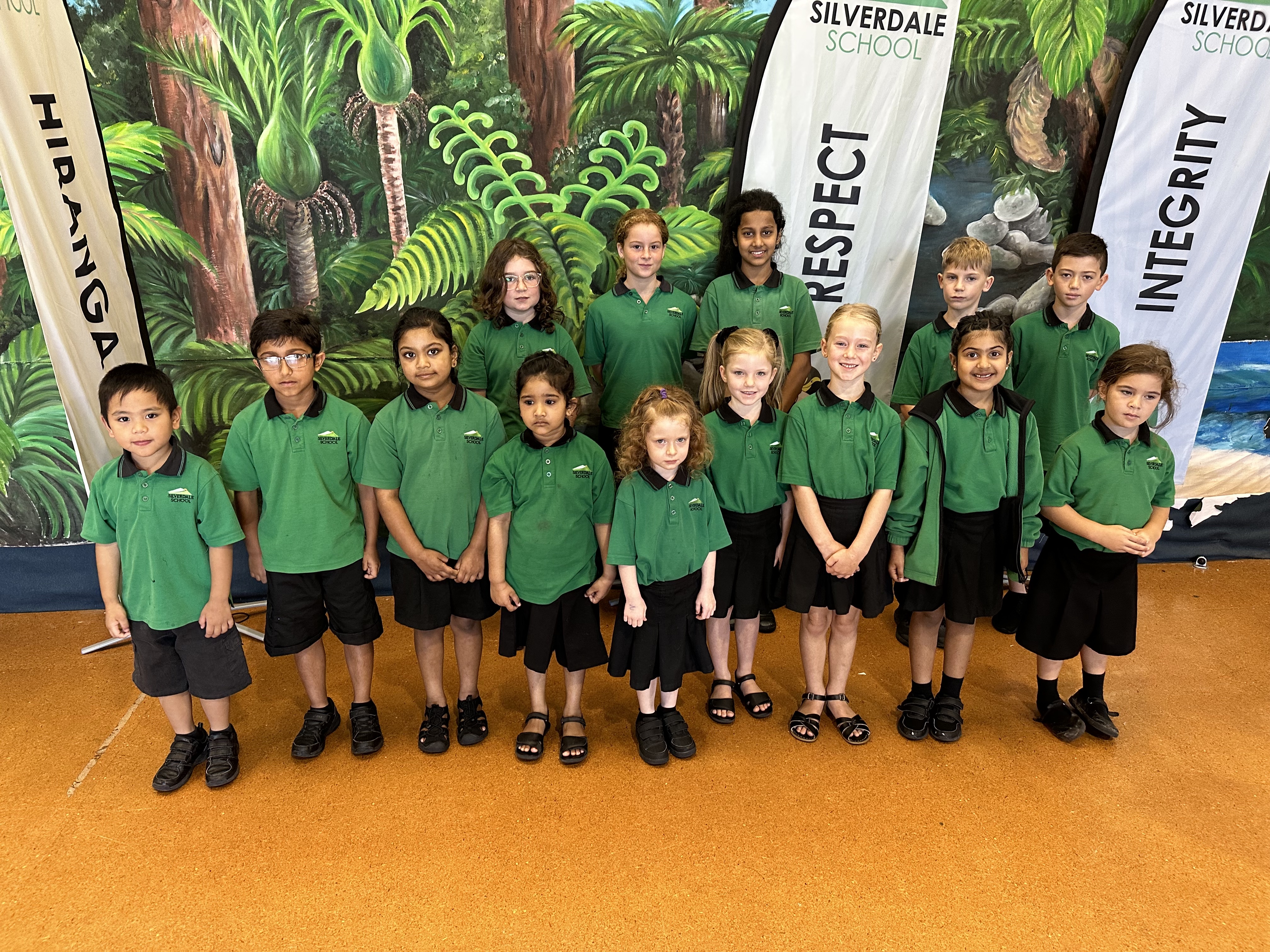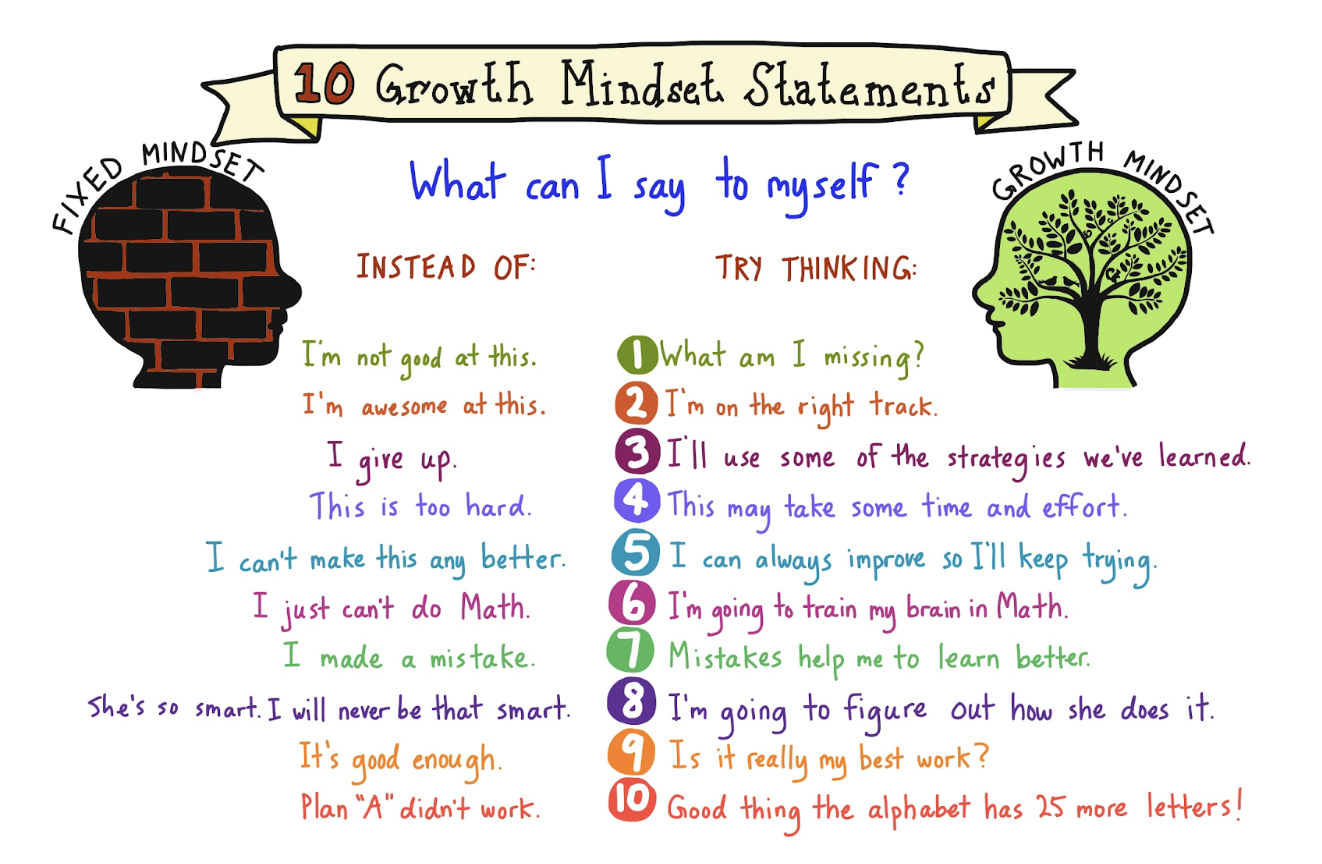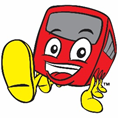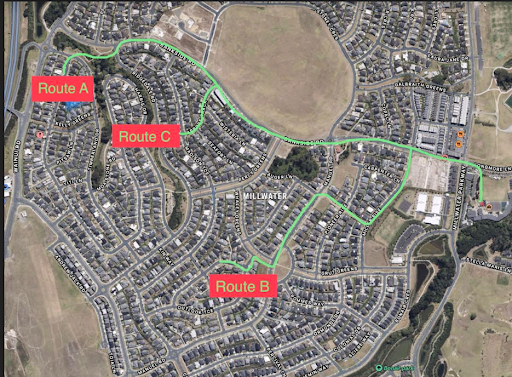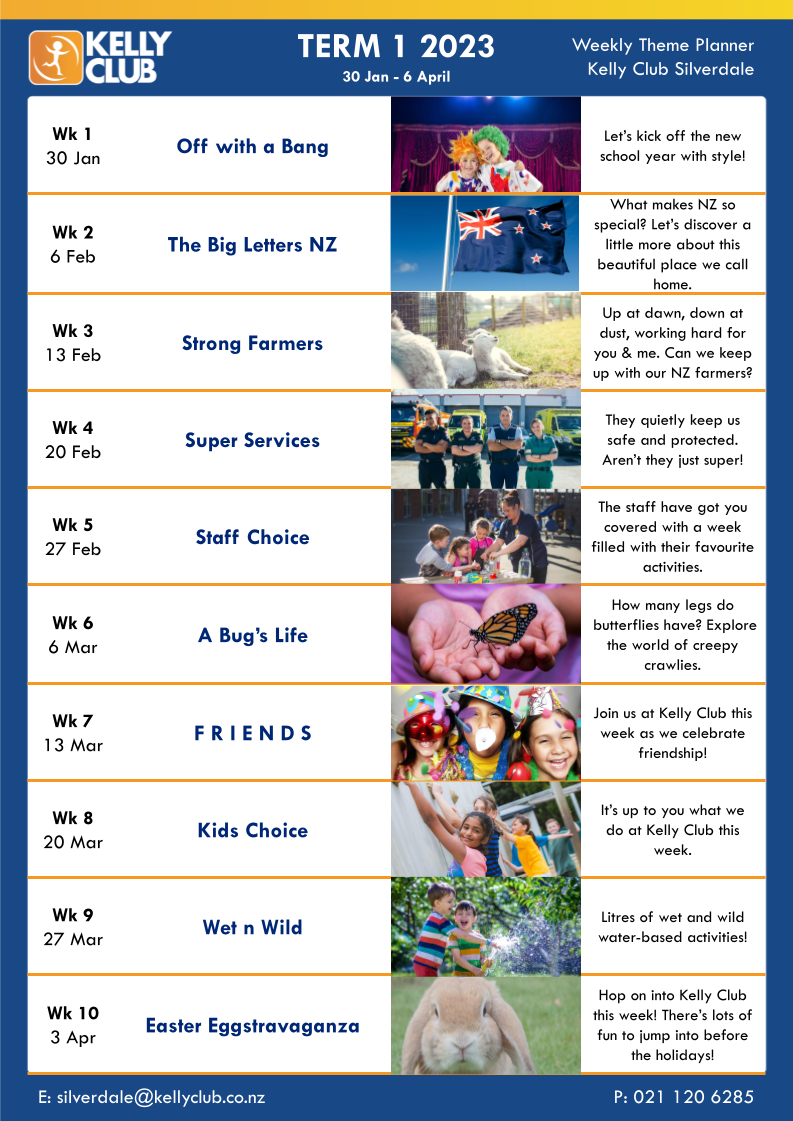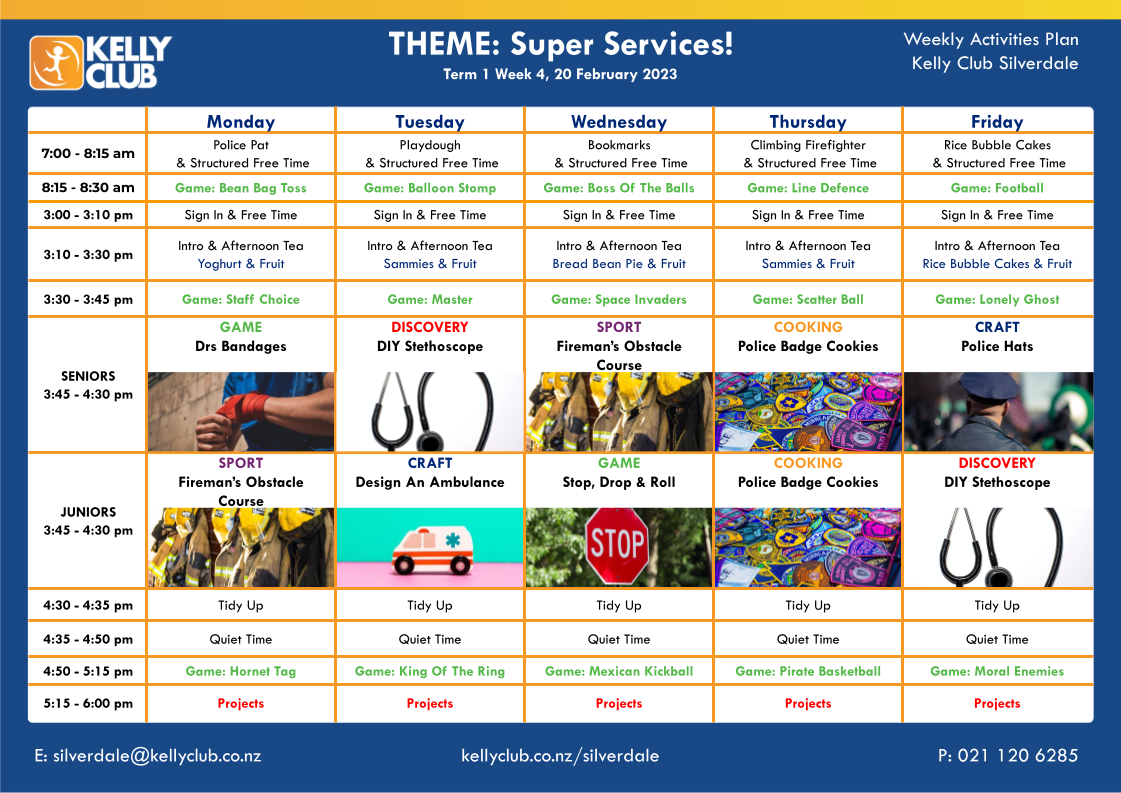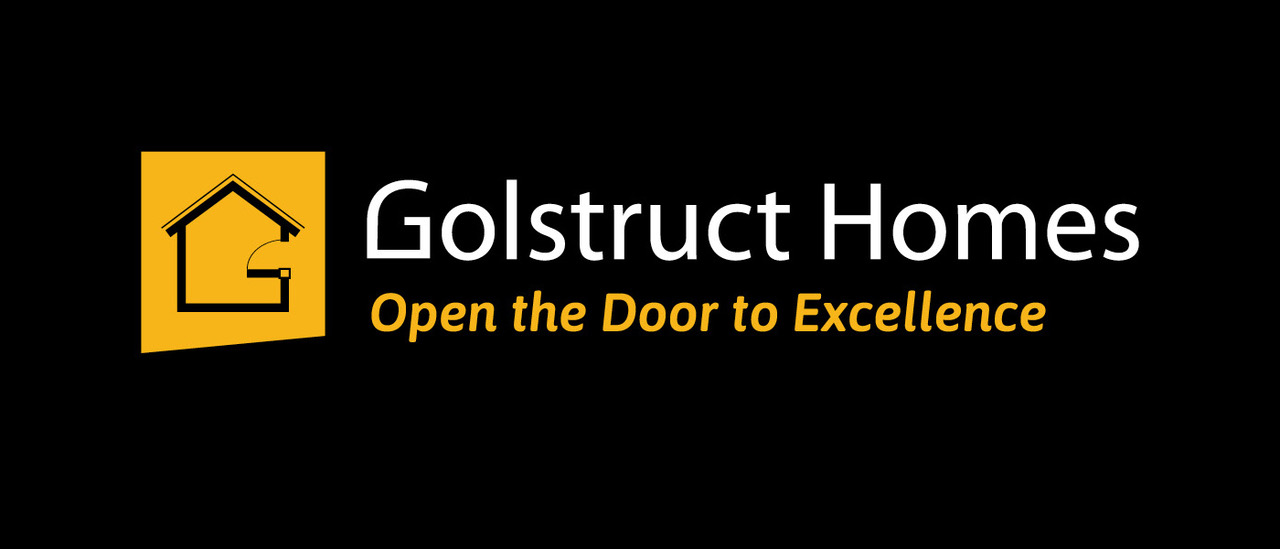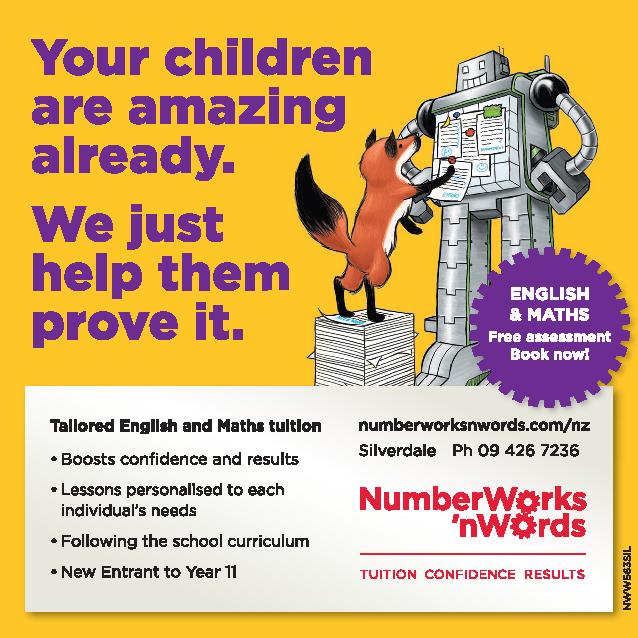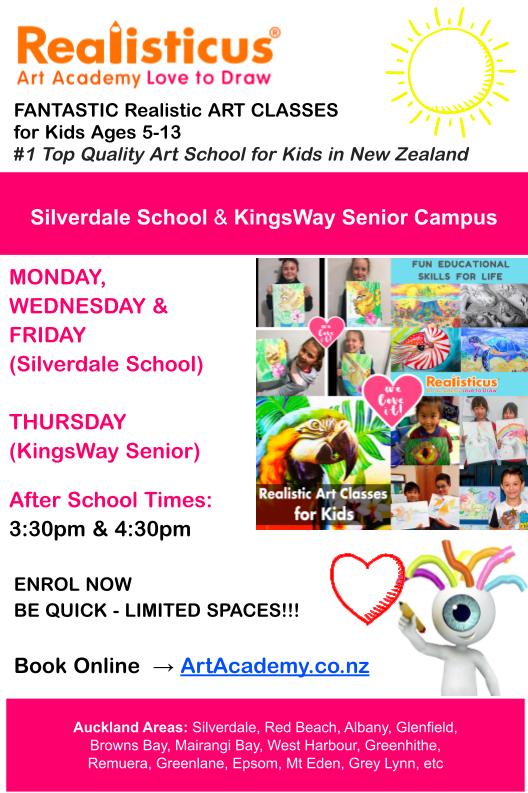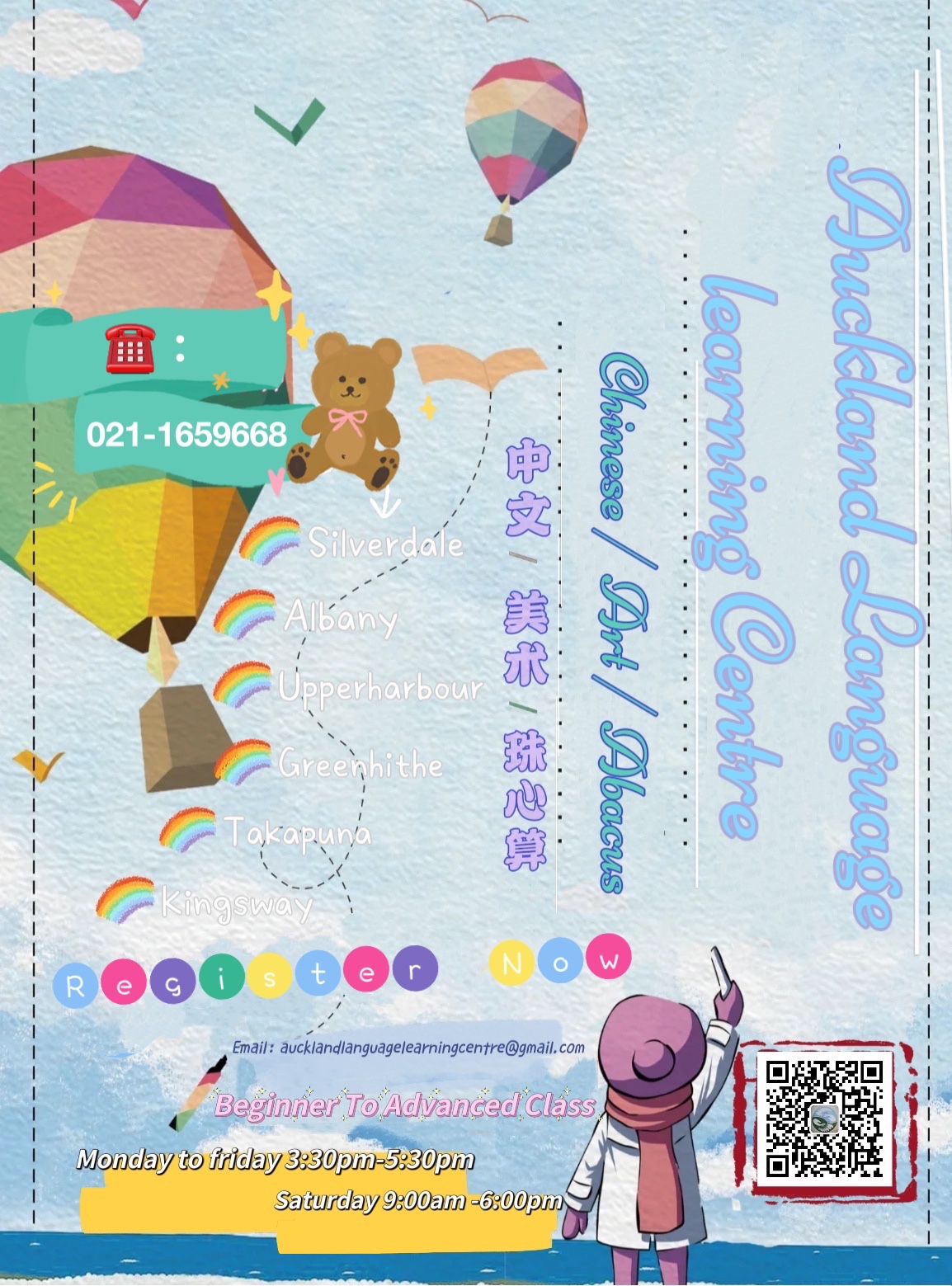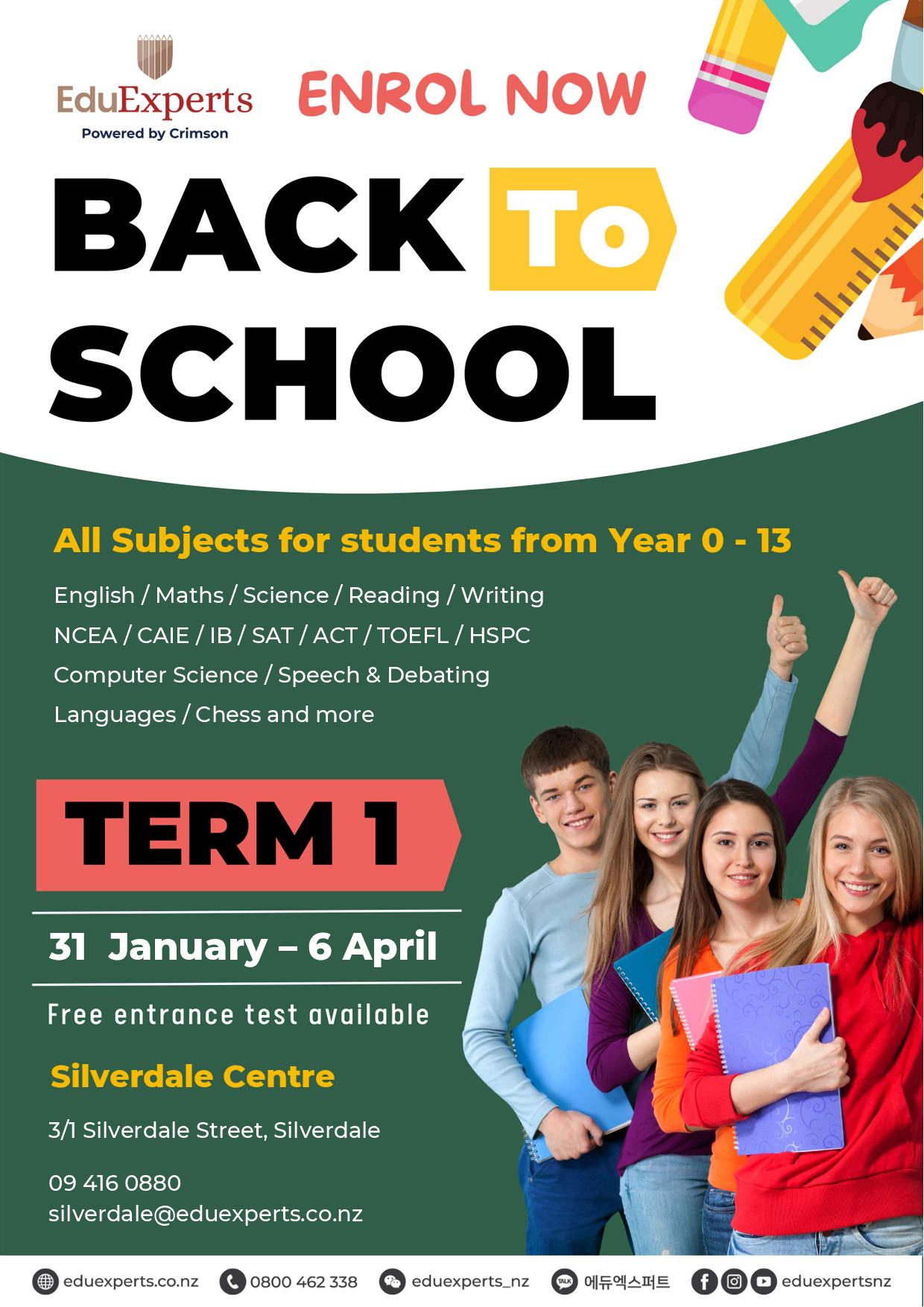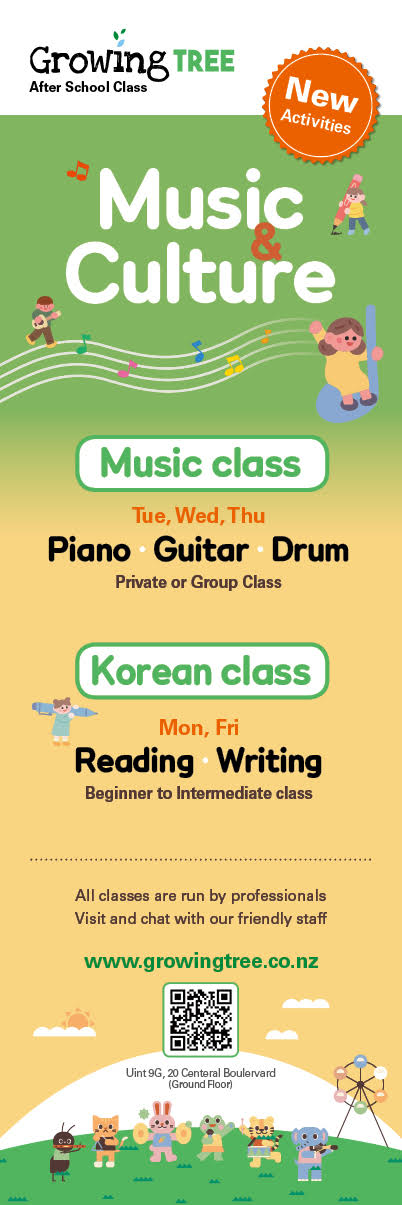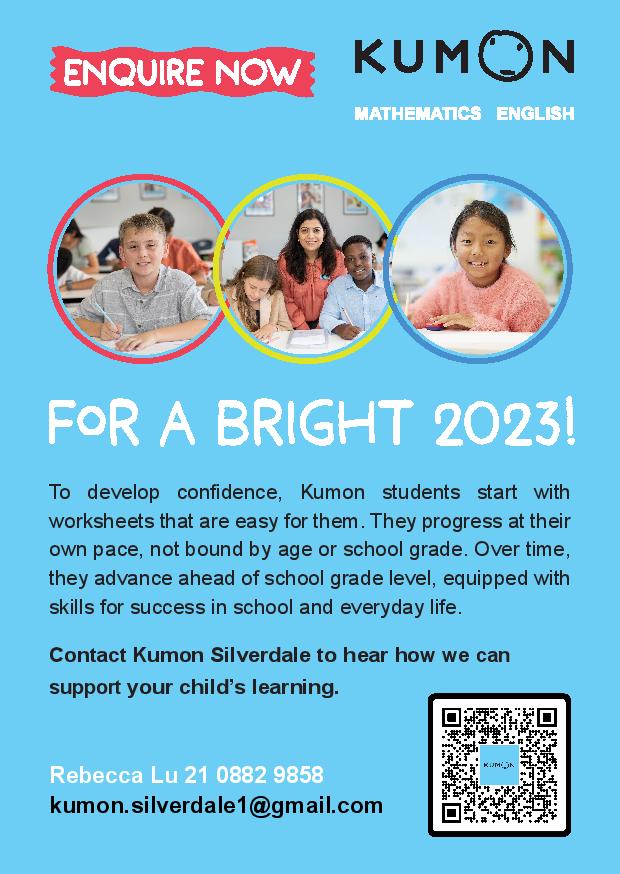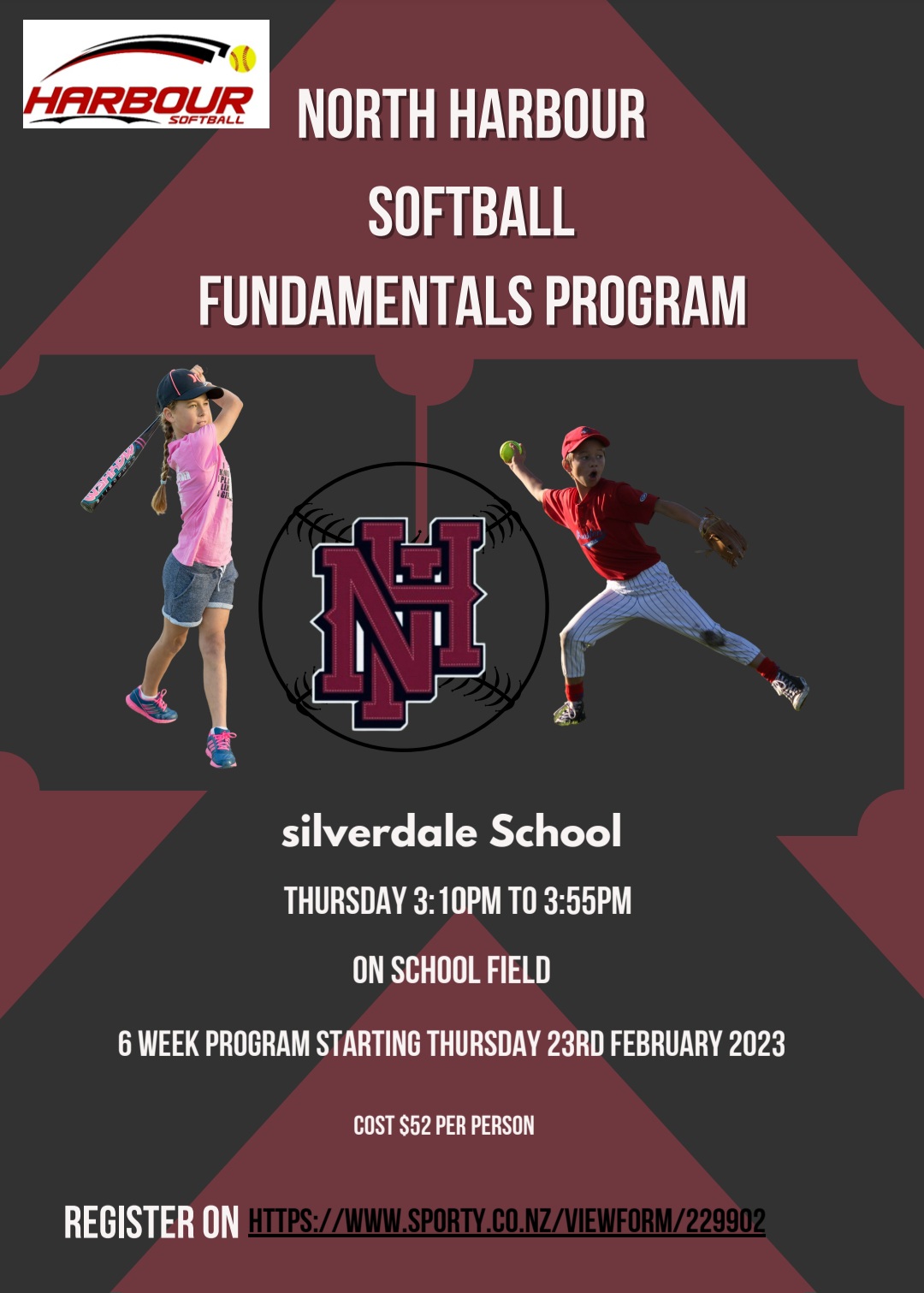Silverdale School Learner Assets
Creating a Shared Language of Learning
Like all communities, people in schools have a language they use to help everyone feel connected and to enable consistent and clear communication. As educators, we know that the words we use have a great deal of power. What we say and how we say it helps shape a child’s view of themselves as a learner and their understanding of learning itself. Much of the language we use at Silverdale School relates to our KERI Values (Kindness/Atawhai Excellence/Hiranga Respect/Whakaute Integrity/ Ngākau pono) and The Resilience Project (Gratitude, Empathy, Mindfulness and Emotional Literacy). We are excited to add to this by launching a new shared language of learning relating to our “Learner Assets”.
In preparing students to become active citizens in the 21 century, we need to do more than provide students with information. Knowledge by itself is insufficient. It is the skills and dispositions that students learn that will transfer across learning areas and into the future. Different learning situations require different skills and attitudes which, when mastered, can be considered to be assets to us as learners. Silverdale School has identified four learner assets which will be explicitly taught and focused on to aid in this. These are;
SELF MANAGER
COLLABORATOR
INNOVATOR
COMMUNICATOR
Being a SELF MANAGER is an important asset. Some of the skills you need include being able to stay focussed, manage your time and be organised. This is also about being a responsible and resilient person, reflecting and learning from mistakes. Also important in this area are the skills of regulating emotions and taking responsibility for your own learning and behaviour.
Being a COLLABORATOR includes being able to compromise, take turns and take on different roles in a team. You will need to be inclusive, culturally aware, reliable and a team player. It helps to be empathetic so that you can understand others’ points of view.
Being an INNOVATOR requires creativity, curiosity and having an open mind. It will be important to be resourceful and have a range of problem solving skills. You will also need to have research skills as you observe and investigate.
Effective COMMUNICATION is an essential asset for learning. We need to learn to listen actively, respond appropriately to others and get our message across in different ways. Good communicators are responsive and respectful. A key focus here is to develop confidence and encourage contribution.
Each term we will have an explicit focus on a Learner Asset to introduce the language and focus on the necessary skill set. This term all classes will be learning about being a self manager. Learner Assets are not just for our children or specific to home. You can try modelling the language in relation to yourself or when you observe an asset in action, for example; praising your child if they self manage and get themselves organised in the morning for school.
“When we consciously engage young people into inquiring into how they learn, we are developing skills and dispositions that act as important assets to them as learners – across the curriculum, in school and beyond” Kath Murdoch
The Resilience Project
The Resilience Project delivers emotionally engaging programs and provides evidence-based, practical strategies to build resilience. As part of the programme students will take part in weekly lessons and will receive their own journal/workbook.
The Resilience Project is a schoolwide programme from Year 0-6 that provides practical, evidence-based, positive mental health strategies to build resilience and happiness. The programme focuses on three key pillars that have been proven to cultivate positive emotion; Gratitude, Empathy and Mindfulness (GEM). The programme also has a strong focus on Connection, Purpose, Kindness, Emotional Literacy and Physical Health. As part of the programme children receive a journal that they will use in their weekly lessons.
Kelly Club is kindly subsidising the cost for our students. The $10 fee goes towards the cost of the journal for your child. If you are interested in checking out the programme visit https://theresilienceproject.co.nz/ or feel free to ask me any further questions.
Restorative Practices at Silverdale School
Me ata tirohia ki te kate
The problem is the problem, the person is not the problem
At Silverdale School we use a restorative practices/approaches as alternatives to more punitive disciplinary systems and procedures where often there have been little or no links between wrongdoers and those they have harmed, nor any real connections between the punishment and the actual offence.
The essence of restorative practices is simple: that all people are happier, more productive and more likely to make positive changes in their behaviour when those in positions of authority do things with them, rather than to them or for them. Building, enhancing and restoring relationships across any workplace, community group, school or culture, is absolutely essential for a strongly connected, empathetic, functioning society.
We feel that our previous measures we used, often fail to meet the relational needs of teaching and learning in the 21st century. We are finding restorative practices/approaches are more effective in establishing long term lasting changes in relationships, more connecting of the members of a school community and more involving and hearing of victims.
Punitive versus Restorative Responses
|
Punitive Responses – focus on punishment.
|
Restorative Responses – focus on accountability, healing and needs.
|
|
What rule has been broken?
|
What happened?
|
|
Who is to blame?
|
Who has been affected? How?
|
|
What is the punishment going to be?
|
What needs to be done to put things right?
|
| |
What do we need to do to move forward?
|
Restorative practices/approaches is based on the idea that the best way to help someone who has done wrong is to give them the opportunity to put things right.
As a staff we are using restorative conversations when dealing with challenging behavior you can also apply this at home.
Tell the Story
- Tell me what happened?
- What has led to us needing this conversation?
- What were you thinking when you did that?
- What have you thought about since?
- How does that fit with our values here?
Explore the Harm
- Who do you think has been affected? Who else?
- In what ways?
- What do you think it must have been like for them?
- What that a fair or unfair thing to do? The right or the wrong thing to do?
Repair the Harm
- What needs to happen to put things right?
- What do you think_________ needs to hear/see from you now?
- Is there anything else that you can think of that might help?
- What will sorry look like in action from here?
Reach an Agreement
- What do you need to stop doing, stay doing, start doing?
- If this happens again – what could/would you do differently?
- From now on how will you show the school/home values?
- What do you need from me/us to support you?
Plan Follow Up
- When shall we check in with you to see how you’re going?
- What will happen if our agreed outcomes haven’t been reached?
Growth Mindset
At Silverdale School we talk with the children about having a growth mindset and not a fixed mindset. Below is an excerpt taken from https://www.mindsetworks.com/science/ about the difference between a growth mindset and a fixed mindset.
Fixed vs. Growth: Understand the two basic mindsets that shape our lives
Have you ever wondered why some children shy away from challenges and crumble at the first sign of a struggle? Maybe your child has a history of quitting activities, sports, or school work when they didn’t immediately excel. Maybe years of struggle or a few bad experiences have convinced your child that “I’m just not good at that.” Learning about fixed and growth mindsets will help you to change destructive patterns, allowing your child to lead a happy and fulfilled life full of lifelong learning and limitless potential.
What is a growth mindset?
Through decades of research, Dr. Carol Dweck, a Stanford University Psychologist, found that people’s beliefs about their intelligence differ. Some people believe that their intelligence and abilities are unchangeable. In other words, you have a certain amount of intelligence, and you can’t do much to change it. This is called a “fixed mindset.” Think about the phrase, “I’m not a maths person.” This statement indicates a fixed mindset about maths, because it attributes maths ability to an unchangeable quality. Others have different ideas about their intelligence and abilities. Some people believe that it is possible to grow your intelligence through effort. This is called a “growth mindset.” Think about the phrase, “Maths was really confusing at first, but I’ve studied hard all year and I understand it a lot better now.” This indicates a growth mindset, because it shows a willingness to dig in deep.
Why is it important?
Holding a fixed or a growth mindset has huge implications when it comes to motivation. If children have a fixed notion of intelligence, they probably believe that success has a lot to do with talent. They may think that some are born with the ability to succeed, and others just aren’t. They might view successful people as possessing some unattainable, innate gift. The side effect of the fixed mindset is a helpless or apathetic attitude toward effort — especially when it comes to challenging tasks. The simple belief that intelligence is malleable can better equip children for challenging tasks and difficult subject matter. If they know that they can develop their abilities, that effort and dedication make a difference in the formula for success, and then children won’t become paralyzed by challenge. The growth mindset creates a love of learning and a resilience that is essential for achieving goals.

